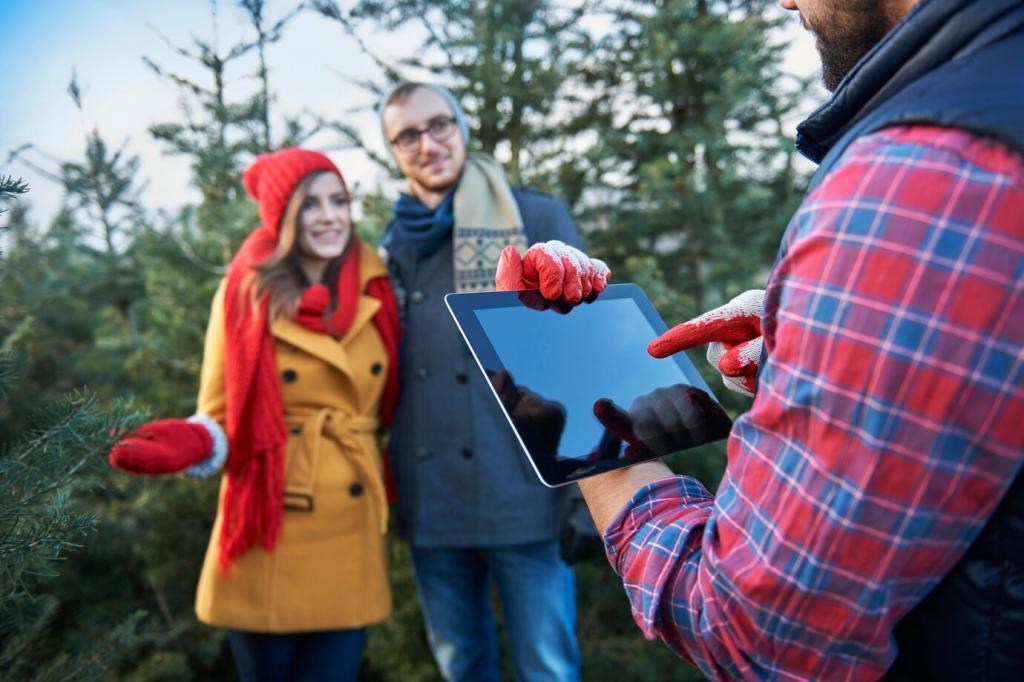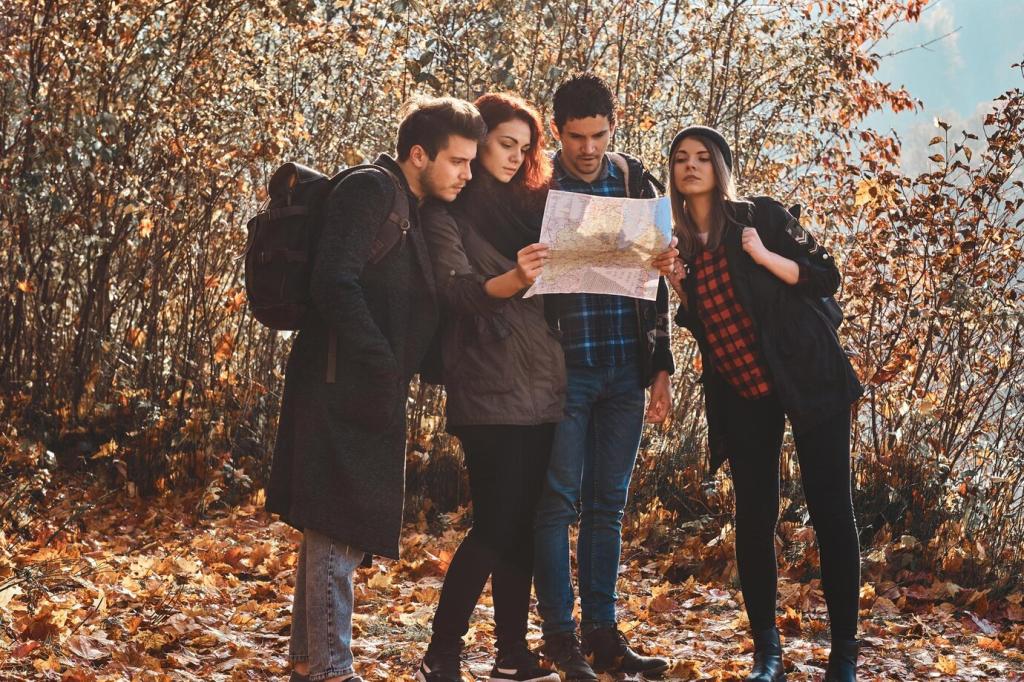Layering That Works Year-Round
Choose base layers that move sweat efficiently in summer and preserve warmth in winter. Lightweight synthetics or merino excel in the heat, while heavier merino blends shine in the cold. Keep a dry spare top in shoulder seasons to swap at breaks and avoid post-lunch chills.
Layering That Works Year-Round
Carry modular insulation. A breathable fleece handles cool mornings, while a packable synthetic puffy bridges windy ridges and surprise storms. In deep winter, add a belay-style jacket. If you start a climb feeling toasty, you probably overdressed—run slightly cool to stay dry.








